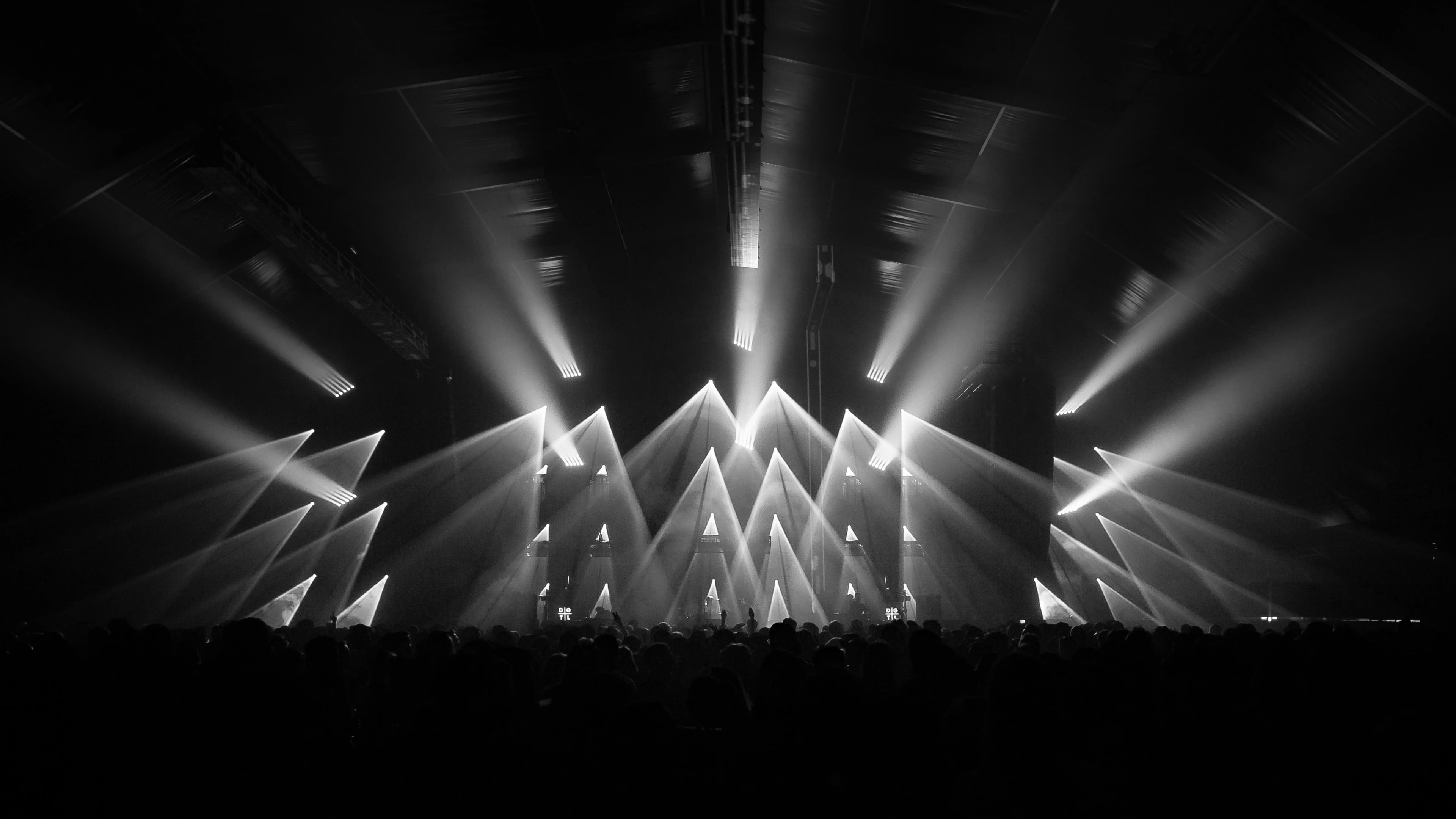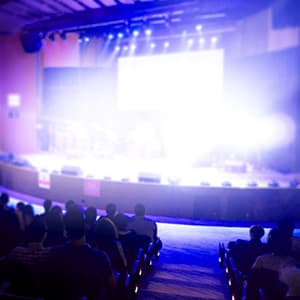

The Pansy Craze Tickets
Up to 30% Off Compared to Competitors.
Location: Select Location (e.g, New York)
Events Nearby
We're Sorry. There are currently no events near you.
About The Pansy Craze
Currently, the legacy of the Pansy Craze is celebrated through various live events and theatrical performances that honor the contributions of LGBTQ+ artists. Many contemporary theater companies and festivals are reviving the works from this era, showcasing the talent and creativity of those who pushed boundaries during the early 20th century. Events such as Pride Month celebrations and LGBTQ+ theater festivals often feature retrospectives on the Pansy Craze, highlighting its impact on modern performance art. In addition, drag shows, which have roots in the Pansy Craze, have exploded in popularity, with events like 'RuPaul's Drag Race' influencing the mainstream entertainment industry. The rise of immersive theater experiences and cabaret-style performances also draws inspiration from the flamboyance and boldness of the Pansy Craze. As society continues to evolve in its acceptance of LGBTQ+ individuals, the history and performances from this pivotal time are being revisited and celebrated within the context of current cultural movements, ensuring that the spirit of the Pansy Craze remains alive and relevant in today’s theatrical landscape.
The Pansy Craze History
The Pansy Craze was a significant cultural phenomenon that emerged in the United States during the late 1920s and early 1930s, particularly in New York City. This period was characterized by an explosion of gay-themed entertainment and performances that celebrated homosexuality in a time when societal norms were largely repressive. The term 'pansy' was used to describe effeminate men, particularly those in the arts and performance, and the craze saw a rise in the visibility of gay performers and their work. Theaters like the Apollo Theatre and the Village Vanguard became hotspots for these performers, showcasing acts that were often campy, humorous, and subversive. The Pansy Craze was a response to the Prohibition era's underground nightlife, where speakeasies and clubs provided a refuge for the LGBTQ+ community. Performers such as Joséphine Baker, who was known for her provocative performances, and the drag artists of the time, played an essential role in shaping the entertainment landscape. This era also coincided with the Harlem Renaissance, which influenced the artistic expressions of gay performers. The Pansy Craze can be seen as a precursor to the more open and celebratory representations of LGBTQ+ culture that would emerge in later decades, paving the way for future generations of artists and performers to express their identities on stage.
